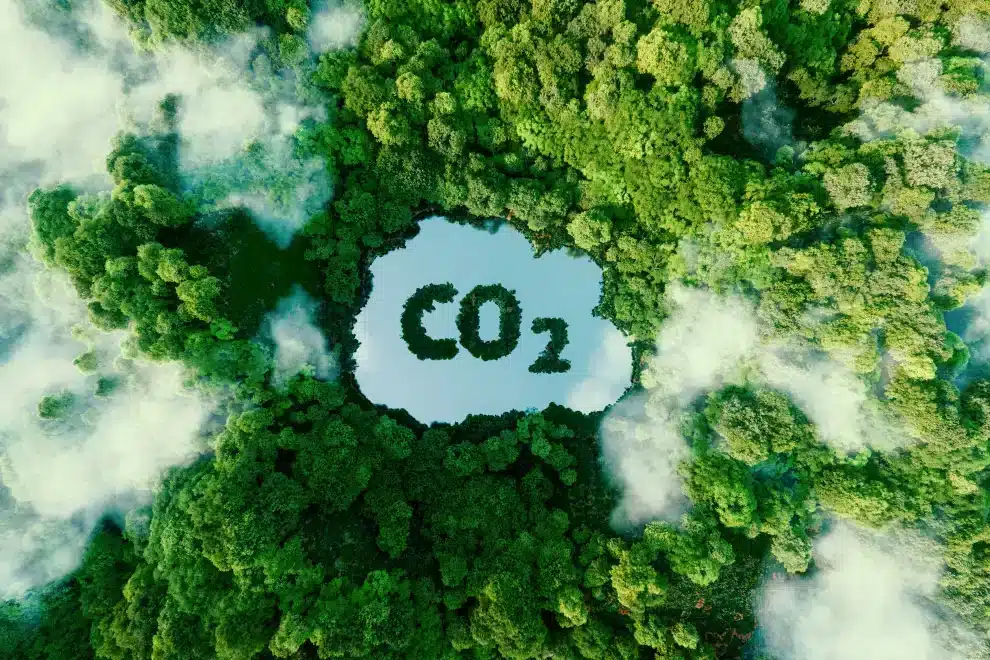Our energy-intensive lifestyles are sending billions of tons of yearly emissions into the atmosphere
When Thomas Hardy wrote his pastoral Far From the Madding Crowd in 1874, the industrial revolution that had begun in England a century ago was looming over country life. The novel was thus a nostalgic throwback to a way of life that was being lost. Hardy idealized rural life. So, in a sense, did D H Lawrence, who came much later in the early twentieth century. In Sons and Lovers, Lawrence portrayed industrialization as the cause of the decline of culture, love, and nature. And he brought this point powerfully home through a graphic description of the miserable lives of colliers as industrialization was ushering Britain into the modern era.
A century later, as we experience the fifth industrial revolution, country life has further diminished and changed, if not completely vanished. And with it has gone not only the world that Hardy and Lawrence held dear but also a way of life that nourished rather than damaged climate.
Could we argue that pre-industrial life was a form of sustainable living? It was and wasn’t at the same time. Pre-industrial society was largely agrarian in nature. In vast swaths of the world, it meant grinding poverty, feudalism, and a chasm of economic inequality.
Industrialization, in contrast, brought pollution, exploitation of labour but it also lifted millions out of poverty and created a middle class. Although, in the initial years of the machine age, the working class was plunged further deeper into the poverty, their conditions started improving by the early nineteenth as they organized themselves and fought for higher wages.
But close to three hundred years of several stages of industrialization have taken a devastating toll on the climate. So much so that severe weather events like droughts, floods, deluges, melting polar ice, etc. are occurring all over the world, bringing about profound and permanent changes that are quickly evolving into an existential threat to human life.
And now unlike in the past, our consumerist lifestyles are as responsible for the climate carnage as are the global corporate behemoths. Our energy-intensive liftestyles are sending billions of tons of yearly emissions into atmosphere. More so, in the developed countries such as the US and the European nations.
According to estimate, tiny oil-producing states such as Qatar or Trinidad and Tobago, the per-capita carbon footprint pushes 60 tons. It is 20 tons for Canada and Australia, 15 tons for Germany, Norway and Netherlands. And because, countries like United Kingdom, Denmark and France use higher percentage of nuclear and renewable energy, their per capita emissions are relatively lower, albeit still unsustainably high. A typical French household contributes around nine tons. The global median is 4.5 tons per capita when we need to urgently reduce it to two tons per capita, the estimated amount required to limit the world to 1.5 degrees Celsius of warming.
Is it possible to achieve this in the near to medium future? It is but only if along with holding corporate polluters accountable, we also decarbonize our lifestyles.
















